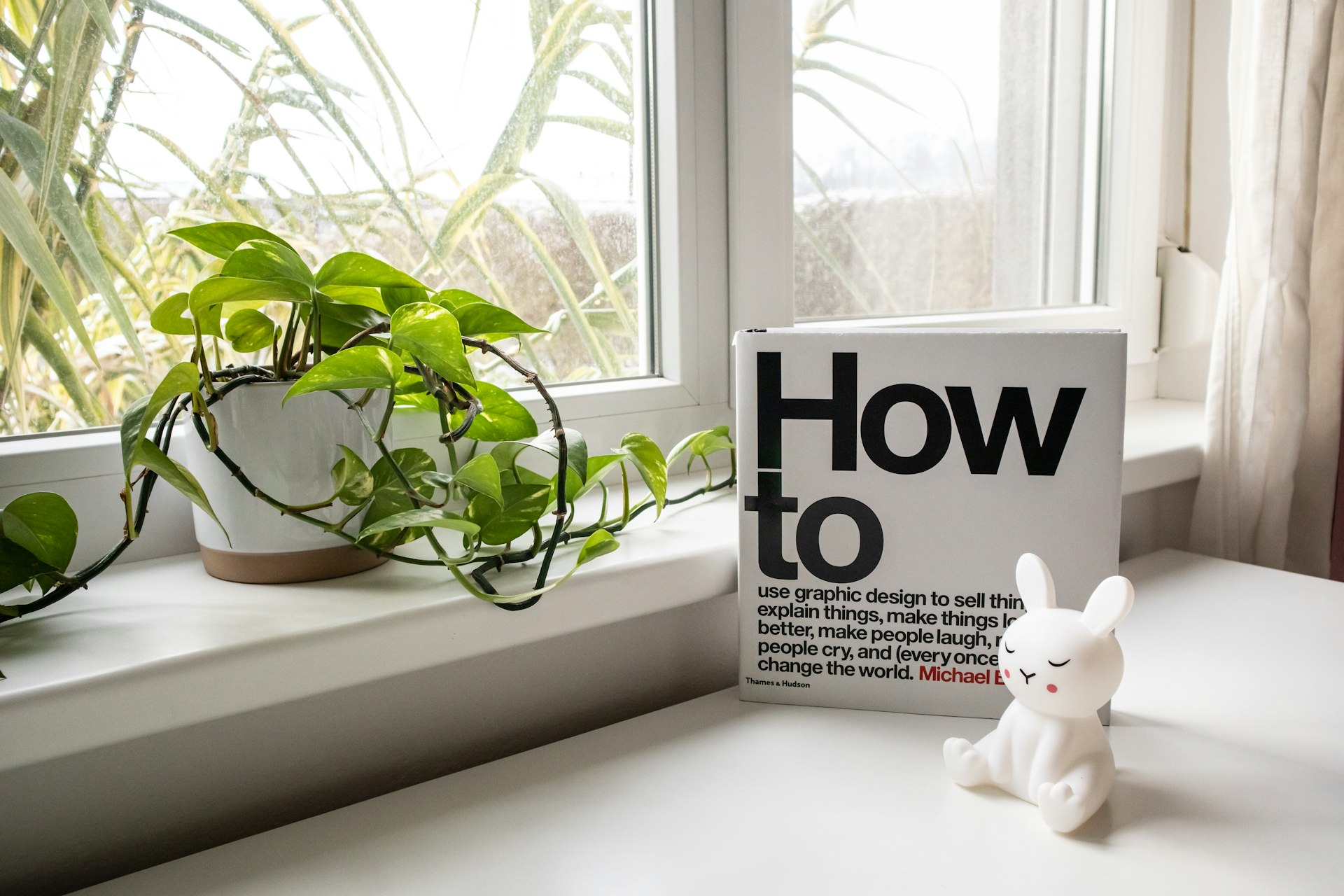Create Your Own Miniature Terrarium: Step-by-Step Design and Inspiration

Photo by Trần Quang Phú on Unsplash
Introduction: Why Miniature Terrariums Inspire
Miniature terrariums let you bring lush green worlds into even the smallest spaces. These self-contained ecosystems are not only visually captivating, but also offer a practical way to enjoy gardening all year round. With a bit of creativity and the right guidance, anyone can design a unique terrarium featuring personalized scenery, from tranquil mossy forests to whimsical miniature gardens. Terrariums are also low-maintenance, making them ideal for busy lifestyles and small living spaces [5] .
Choosing the Right Container and Materials
Your container is the foundation of your design. Suitable options include glass globes, jars, vases, or even upcycled kitchen glassware. The vessel should be clear to let in light and allow for easy viewing of your miniature landscape. For closed terrariums, such as those with lids, you’ll want to select plants that love humidity, while open containers are best suited for succulents and cacti that prefer drier conditions [3] [2] .
Essential materials for a miniature terrarium typically include:
- Drainage layer (pebbles or gravel)
- Activated charcoal (to keep water fresh and prevent odors)
- Terrarium or potting soil (type depends on plant selection)
- Small plants (such as ferns, moss, miniature tropicals, or succulents)
- Decorative elements (miniature figurines, stones, or moss)
Gather all materials before you begin. Many garden centers and specialty stores carry terrarium kits, but you can also assemble your own with careful selection [1] [5] .
Step-by-Step Guide to Building Your Miniature Terrarium
1. Prepare Your Workspace and Container
Lay down newspaper or a drop cloth for easy cleanup. Wash your container with soap and water to remove any residue. Let it dry completely. For closed systems, this prevents trapped contaminants; for open systems, it ensures clarity for viewing [3] .
2. Add the Drainage Layer
Pour about an inch of small pebbles or gravel into the bottom of your container. This layer prevents water from accumulating around plant roots, which can cause rot. If your container is very small, adjust the thickness accordingly. In some designs, a thin layer of horticultural sand may also be used for added drainage [2] .
3. Add Activated Charcoal
Sprinkle a thin layer (about 1/4 inch) of activated charcoal over the pebbles. This step is especially important for closed terrariums, as it filters water, absorbs odors, and prevents mold. Use a paper funnel to make this step easier for narrow-necked vessels [3] .
4. Add Soil
Next, add 2 inches (or enough for root coverage) of the appropriate potting mix. Use cactus/succulent soil for arid plants, or standard indoor potting soil for ferns, moss, or tropicals. Pat the soil down gently to eliminate air pockets, but avoid compacting it too much, as this can hinder drainage.
5. Plan and Place Your Plants
Remove plants from their nursery pots and gently loosen the root balls. For small containers, you may need to divide larger plants. Arrange taller plants toward the back or center and shorter groundcover near the edges, which enhances depth and perspective. Leave space between plantings for growth and air circulation [1] [3] .
Use a spoon, chopstick, or tweezers to maneuver plants into place, especially in narrow vessels. After planting, gently tamp the soil around the roots to secure them.
6. Add Moss, Decorative Elements, and Finishing Touches
Break up sheet moss and arrange it around the soil surface for a woodland look. Add miniature figures, stones, or themed decorations to create a personalized scene. Some hobbyists create miniature landscapes, such as tiny campgrounds, fairy gardens, or stylized rock cairns, using carefully selected stones and figurines [4] .
Consider using natural objects from your environment, such as driftwood or interesting pebbles, to add character. Keep scale in mind to maintain a realistic miniature appearance.
7. Watering and Initial Care
Mist the soil and plants lightly with a spray bottle. The goal is to moisten the root zones without saturating the soil, as excess water can lead to mold or root rot. For closed systems, a single light misting may last weeks; for open systems, check soil moisture weekly. Always err on the side of less water in enclosed environments [3] .
Design Ideas and Inspiration
Miniature terrarium design offers endless creative possibilities. Some popular themes include:
- Woodland scenes with ferns, moss, and tiny animal figurines
- Desert landscapes using sand, succulents, cacti, and miniature stones
- Zen gardens with small raked sand, pebbles, and a single air plant
- Fairy gardens featuring colorful moss, miniature benches, and whimsical decorations
Draw inspiration from nature walks, favorite stories, or even seasonal holidays. Experiment with plant combinations and decorative elements, but always choose plants with similar light and humidity needs for best results [5] .
Care and Maintenance Tips
Terrariums are designed for low maintenance, but a few regular habits will keep your miniature landscape thriving:
- Place the terrarium in bright, indirect light; avoid direct sunlight, which can overheat the container and scorch plants.
- Monitor humidity and condensation. For closed terrariums, open the lid occasionally to let excess moisture escape.
- Prune plants as needed to prevent overcrowding and remove any yellowing leaves.
- Check for pests or mold, especially in humid, enclosed systems. Remove affected material promptly.
With proper care, miniature terrariums can last for months or even years, offering ongoing enjoyment and a touch of living art in your home or office.
Common Challenges and Solutions
While terrariums are user-friendly, some challenges may arise. Overwatering is the most common mistake; always use minimal water and increase only if plants appear wilted. If mold appears on the soil or plants, remove the affected area and increase air circulation. For plant health issues, adjust lighting or replace struggling specimens with hardier species. Experimenting with different plant types and setup variations allows you to learn what works best for your environment [2] .

Photo by Wilhelm Gunkel on Unsplash
Alternative Approaches and Expanding Your Skills
Once comfortable with basic designs, explore advanced options such as multi-level landscapes, water features, or integrating lighting elements. Some enthusiasts use specific themes, like miniature Japanese gardens or fantasy dioramas. For those seeking a guided experience, many botanical gardens and craft stores offer workshops-search for “terrarium workshop” and your location to find local events. Alternatively, online tutorials and video demonstrations provide visual step-by-step instructions for more complex designs.
If you wish to purchase ready-made kits or unique decorations, consider searching for “miniature terrarium kits” at reputable craft retailers or plant specialty stores. Always review customer ratings and company credibility before purchasing online.
Summary and Next Steps
Creating a miniature terrarium is an accessible, rewarding project that brings the beauty of nature indoors. By selecting the right materials, following proven assembly steps, and nurturing your creation with proper care, you can enjoy a thriving, personalized miniature garden year-round. For further inspiration or troubleshooting, consult reputable gardening blogs, university extension publications, or your local nursery.
References
- [1] Flax & Twine (2018). Miniature Terrarium DIY.
- [2] Swansons Nursery (2015). How to Make a Terrarium.
- [3] Mississippi State University Extension (2025). How to Design a Closed-System Terrarium.
- [4] FanningSparks (2022). Miniature Garden in a Closed Terrarium – DIY Tutorial.
- [5] Terrarium Tribe (2025). How to Make a Mini Terrarium.



